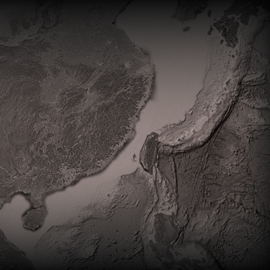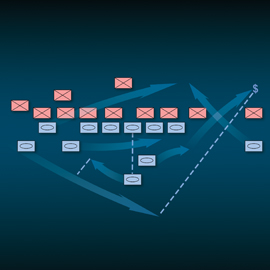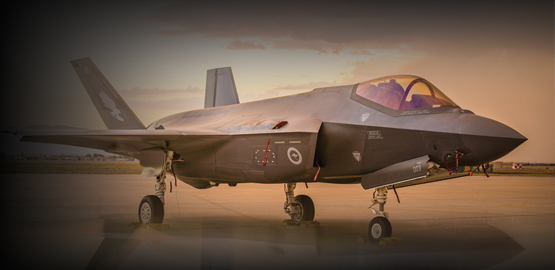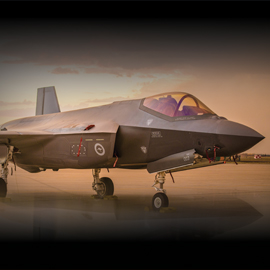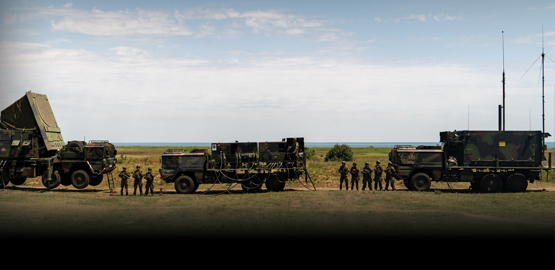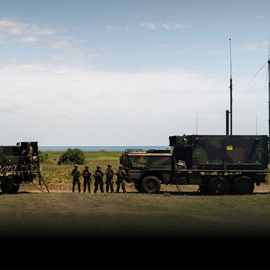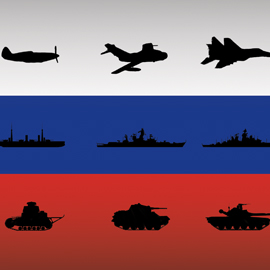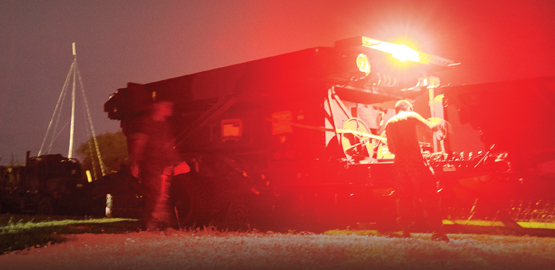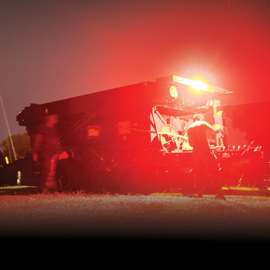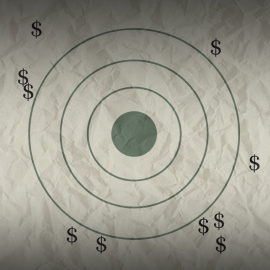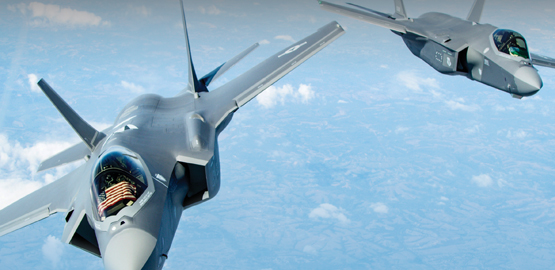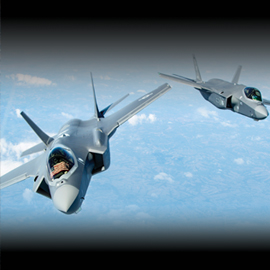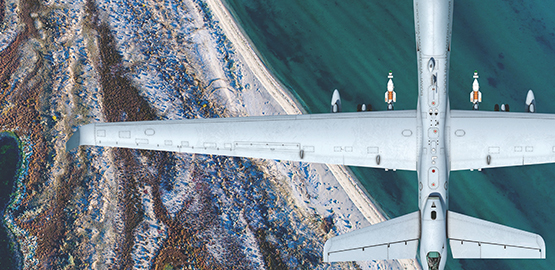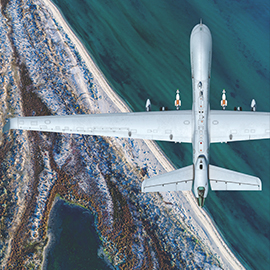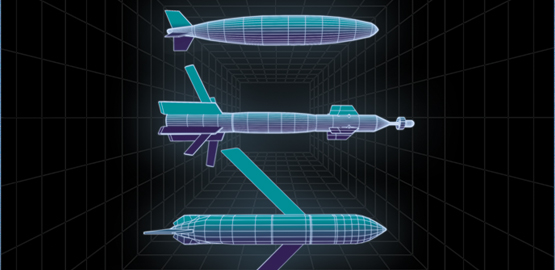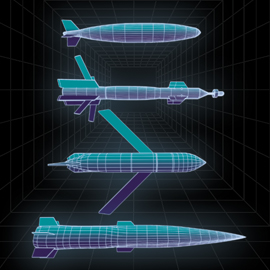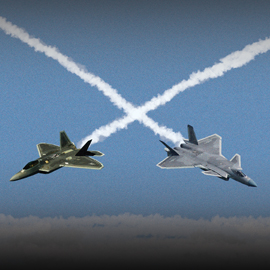Publications
"Nobody does defense policy better than CSBA. Their work on strategic and budgetary topics manages to combine first-rate quality and in-depth research with timeliness and accessibility—which is why so many professionals consider their products indispensable." – Gideon Rose, Editor of Foreign Affairs, 2010-2021
A Strategy for a Long Peace
Since the collapse of the Soviet Union, the United States has enjoyed a period of military dominance that, with the exception of the brief period at the end of World War II, is unsurpassed in our country’s history. This has given America an opportunity presented to few countries in the course of recorded history: the opportunity to lead the way in creating the conditions for a long peace. But periods of extended military dominance are rare in history, and the current period will likely prove no exception. Nor can the US military’s current advantages be sustained by a business-as-usual approach to defense planning.
Innovation, Element of Power
According to historian and military analyst Martin van Creveld, military technology and infrastructure, logistics and communications “dictate for the most part the major characteristics of organization, training, strategy, even the concept itself of battle. Without it, one couldn’t conduct an armed conflict, and even the existence of conflict would be inconceivable.”1 The vast amount of land held in the rear of the battle sets narrow limits on what could take place along the front: battles, campaigns, and even war. The modern era, since the beginning of the industrial revolution has seen the front line expand to the detriment of the rear flanks. The path dependency described by van Creveld has grown: one fights wars based on and limited by technology.

